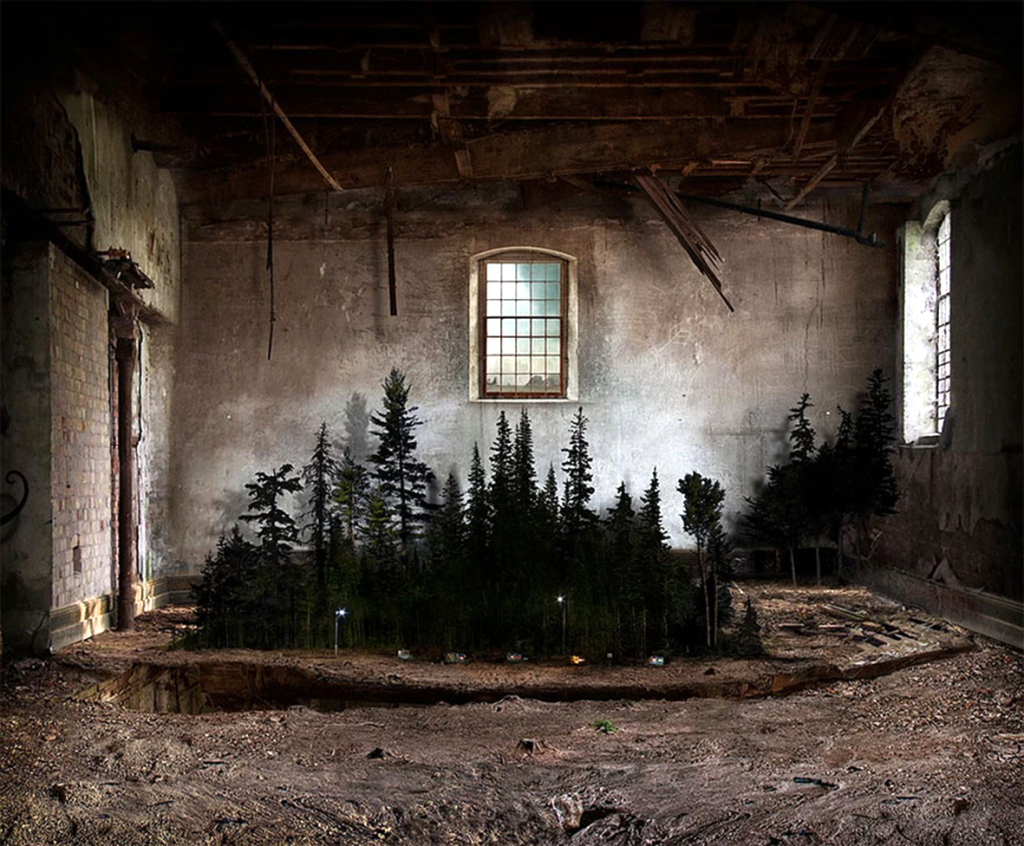..

“If nothing were left of an extinct race but a single button, I would be able to infer, from the shape of that button, how these people dressed, built their houses, how they lived, what was their religion, their art, their mentality.”
– Adolf Loos
More than 99% of all organisms that have ever lived on Earth are now extinct. Today, extinctions are occurring hundreds of times faster than they would naturally. We live in a rapidly changing world where our ever-growing thirst for the new confirms one irrefutable fact: there is an on going mass extinction and we are the cause.
This year, as a continuation of our exploration into ruined and forsaken landscapes, Unit 18 will explore the notion of extinction and the Anthropocene…Is there such a thing as post-Anthropocene architecture, what might that mean as we interrogate a rapidly changing world, a world where the velocity of obsolescence rises minute by minute?
In relation to flora and fauna, the last 50 years has seen a loss of 69% of wild animal species; in the UK alone a quarter of all our mammals are at risk of extinction, we have lost 38 million birds from our skies; 97% of our wildflower meadows have disappeared since the 1930s; and 92% of the UK’s seagrass meadows, which can absorb carbon more efficiently than tropical rainforests, have been lost in the last century. We are in the top 10% of the most nature depleted countries in the world, with many scientists calling this epoch the sixth mass extinction.
Alongside animals, plants and minerals, our collective cultural heritage is at risk of being lost for good. And whilst we have an appetite for archiving and preservation, it’s clear that we can’t keep up with the current rate of climate-induced loss. This heritage consists not just of tangible assets such as buildings, monuments, archaeological sites and art, but also of intangible heritage, heritage that is passed down and developed through generations, over decades to millennia. Practices, food traditions, languages, skills, ceremonies, artistic expression, cosmologies, identities, and ways of knowing are being overridden and often wiped out by newer, faster and more efficient ways doing things.
This collective consciousness of our ancestry is intrinsically linked to architecture, construction and the built environment. The world around us acts like an urban-scaled memento mori, intentionally and unintentionally memorialising environmental and cultural degradation.
We want you to explore these notions of cultural extinction, to search the planet for sites and stories that embody loss, disappearance and change. Can we build a world modulated by the complexities of culture and heritage, as understanding what people value and prioritise in their own cultural contexts can be a powerful factor in designing a new built future.
You could argue that this is uncharted territory, but as architects we have a responsibility to dream and imagine a future unknown to us all, and without our imagination, no future can exist at all.